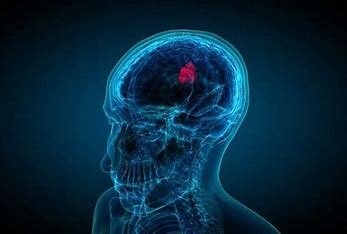Scientists from the Institut Du Cerveau (Paris Brain Institute), France, and Bar-Ilan University in Tel Aviv, Israel, have made a groundbreaking discovery that sheds light on the cognitive and neuronal mechanisms underlying humor perception. Their findings, published in the journal Neuropsychologia, reveal a fascinating connection between high-frequency neural activity and the appreciation of humor.
Previous research has identified the involvement of the temporal lobe in processing humorous stimuli and comedic elements. To delve deeper into this phenomenon, the researchers employed intracerebral electrophysiological recordings from 13 epileptic patients who had deep brain electrodes implanted for pre-surgical assessment of refractory epilepsy. Unlike functional magnetic resonance imaging (fMRI), this technique allowed for precise examination of neuronal activity across various cortical areas at the millisecond scale.
During the study, the patients were instructed to watch a segment from the classic Charlie Chaplin film “Circus” (1928) while their brain activity was recorded. Prior to the experiment, a group of healthy volunteers had evaluated the comedic nature of each frame in the film. By comparing neural activity during the funniest scenes to that during the least funny ones, the researchers made significant observations.
The results revealed that the funniest sequences were associated with an increase in high-frequency gamma waves and a decrease in low-frequency waves. This suggests that high-frequency neural activity, typically observed in tasks requiring cognitive engagement, is also indicative of humor appreciation. The study further highlighted an inverse relationship between high and low frequencies, particularly in temporal lobe regions, implying that different brain areas and functions are involved in processing humorous content.
According to the researchers, humor perception relies on the engagement of two neural circuits—cognitive and emotional. The cognitive mechanism detects incongruity in reality, while the emotional circuit generates a positive emotional response to this incongruity. The anterior parts of the temporal lobe, involved in semantic memory, were found to analyze the scene and detect its incongruous content, while the activation of its posterior parts corresponded to understanding the unusual and amusing aspect of social interactions.
This groundbreaking study not only deepens our understanding of the neural mechanisms underlying humor but also highlights the intricate relationship between cognitive engagement and the appreciation of comedic content. By unraveling how our brains process humor and respond to incongruous elements, these findings offer valuable insights into everyday life. Moreover, they open up possibilities for therapeutic interventions targeting social cognition and emotional processing-related disorders.
Further research in this area will undoubtedly expand our knowledge and contribute to the development of innovative approaches to enhance humor appreciation, as well as provide potential therapeutic interventions for individuals with social cognition deficits. The neurological link between high-frequency neural activity and the appreciation of humor has unveiled a new dimension in the fascinating realm of comedy and its impact on the human brain.

